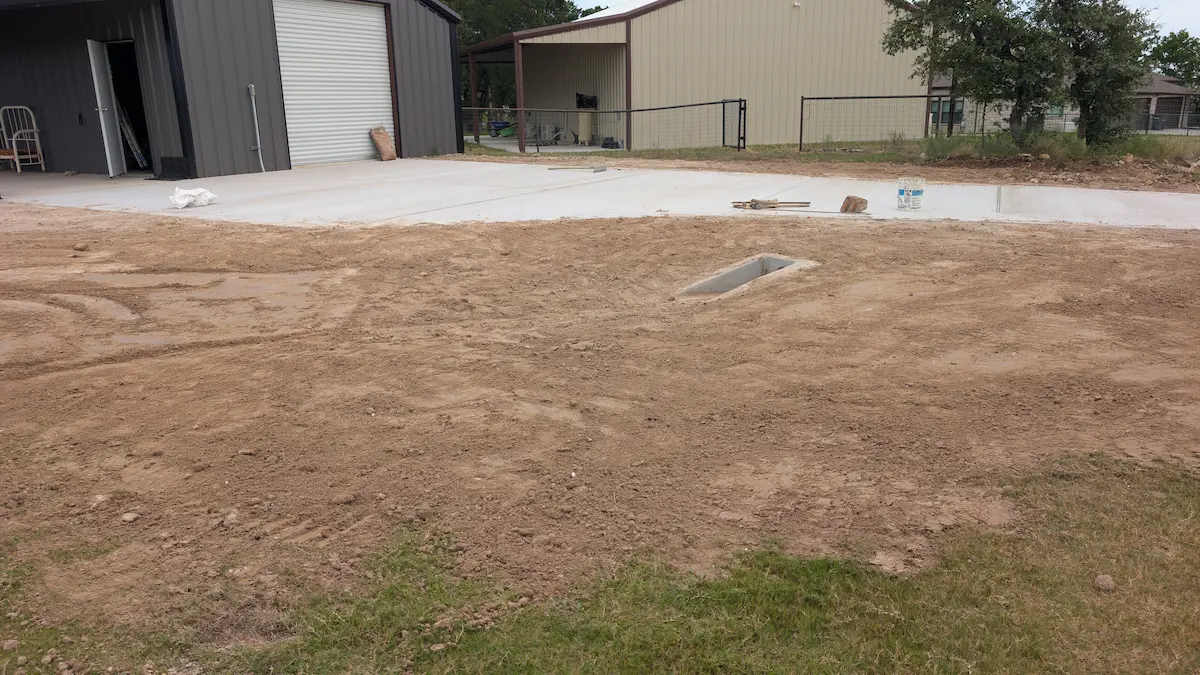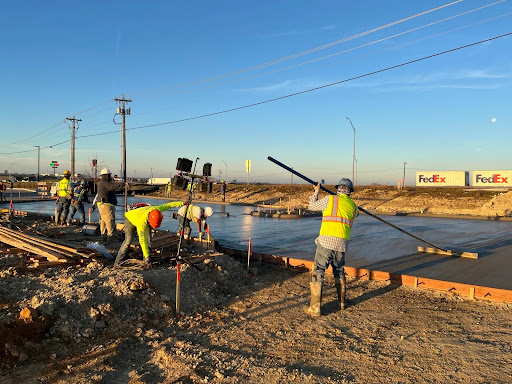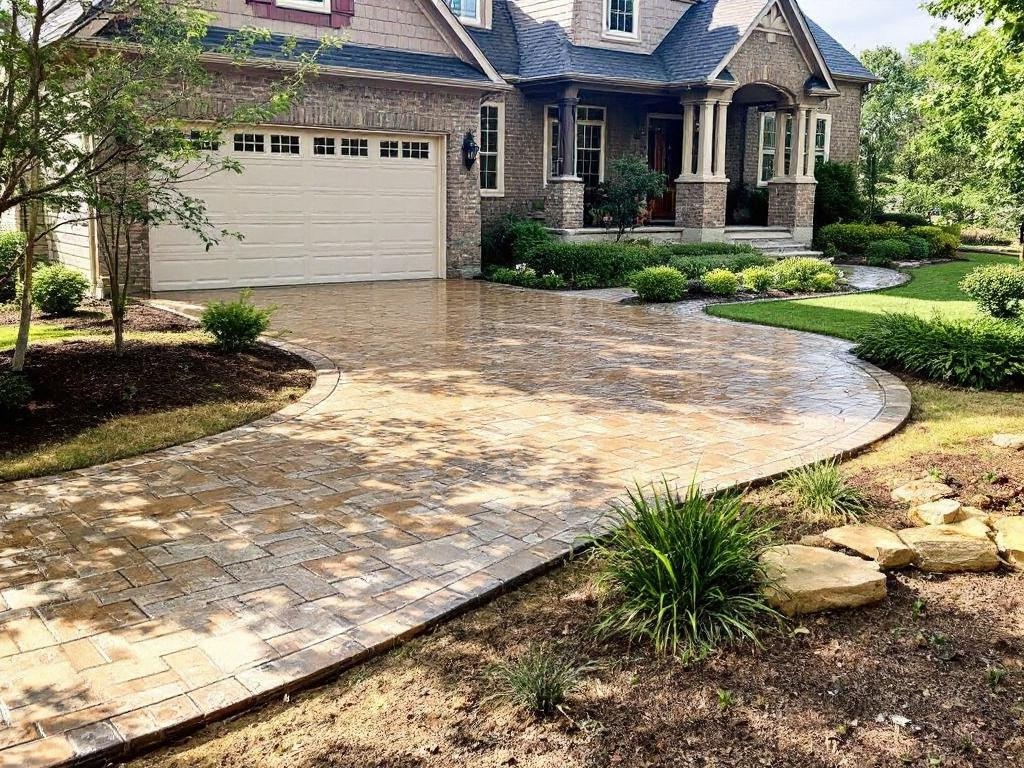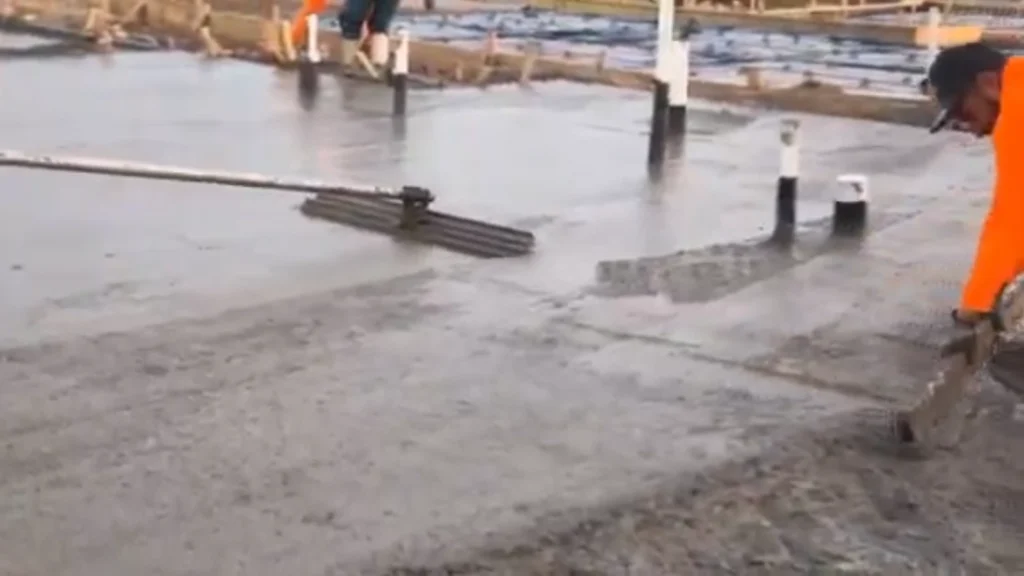
Why a Strong Concrete Foundations Is the Key to a Durable Home
Most people think of a home’s strength in terms of its walls, roof, and windows, but the true backbone of every structure lies beneath the surface — the foundation.
A properly designed and poured concrete foundation is what keeps a home stable, level, and protected for generations.
In modern construction, concrete is the most widely used building material. It’s valued for its strength, versatility, and cost-effectiveness, making it the go-to choice for foundations across Texas
The Hidden Role of Concrete Slabs in Modern Construction
Concrete slabs serve as the base of nearly all modern homes and buildings. Beyond simply supporting walls, they protect against soil movement, moisture intrusion, and long-term settling.
Different slab designs are used depending on climate, soil type, and building requirements, all of which are key factors in North Texas construction.
Concrete slabs serve as the base of nearly all modern homes and buildings. Beyond simply supporting walls, they protect against soil movement, moisture intrusion, and long-term settling.
Different slab designs are used depending on climate, soil type, and building requirements, all of which are key factors in North Texas construction.
| Type of Concrete Slab | Description | Common Use |
| Slab-on-Grade | Poured directly on the ground; reinforced with steel rebar. | Ideal for warm climates with stable soil, common across North Texas. |
| T-Shaped Foundation | Footings extend below the frost line, supporting vertical walls. | Used in colder regions with deep frost penetration. |
| Frost-Protected Slab | Insulated design that prevents frost from damaging the slab. | Common in energy-efficient homes in northern climates. |
| Raft or Mat Foundation | Spreads weight across a large surface area. | Best for poor soil conditions or larger commercial buildings. |
Every slab type acts as the first line of defense against soil shifts and moisture — two major concerns in Texas’s clay-rich soils.
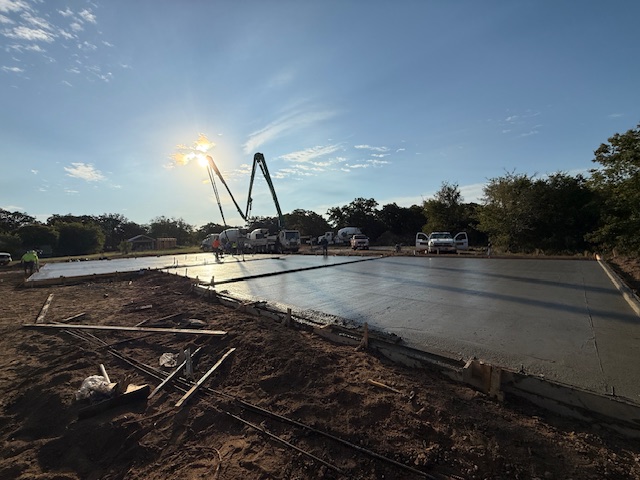
How Proper Load Distribution Prevents Structural Problems
Every building places a load (weight) on its foundation. The purpose of a concrete foundation is to spread that load evenly across the soil beneath it.
When loads are not properly distributed, homes can experience cracking, shifting, or even structural failure.
| Foundation Problem | Cause | Result |
| Uneven Settlement | Poor load distribution | Cracked walls and/or floors |
| Soil Movement | Expansive clay or weak soil | Foundation heaving or sinking |
| Overloaded Structure | Excessive weight on undersized footing | Sudden structural failure |
That’s why experienced builders and engineers design foundations based on both soil conditions and structural demands — achieving the right balance between weight, soil support, and reinforcement.
Why Concrete Foundations Save Money Without Compromising Quality
It’s a common misconception that higher cost means stronger construction. In fact, concrete foundations are both strong and cost-efficient when designed correctly.
Concrete is made from cement, water, sand, and aggregate — all relatively affordable materials. When combined properly, they create a long-lasting and low-maintenance base for any home.
| Factor | Concrete Advantage |
| Initial Cost | Lower than steel or deep pier foundations. |
| Maintenance | Minimal upkeep required. |
| Energy Efficiency | Helps regulate indoor temperature by storing heat and coolness. |
| Longevity | Lasts 50–100 years or more with proper care |
Over time, a solid concrete foundation prevents expensive problems like water intrusion, uneven settling, and cracked plumbing, saving homeowners thousands of dollars in repairs.
Built to Last: The Strength of Reinforced Concrete Systems
Concrete is naturally strong under compression (pushing forces) but weak under tension (pulling forces). To overcome this, builders use steel reinforcement — either rebar or wire mesh — inside the concrete.
This combination, known as reinforced concrete, provides both compressive and tensile strength, making it extremely durable under stress, temperature change, and soil movement.
Benefits of reinforced concrete include:
- Resists cracking and shifting from soil expansion
- Withstands extreme weather, including heat and flooding
- Won’t rot, warp, or attract termites
- Requires less maintenance and lasts decades longer
Because of its durability, reinforced concrete also supports sustainable building practices by reducing material waste and the need for future replacements.
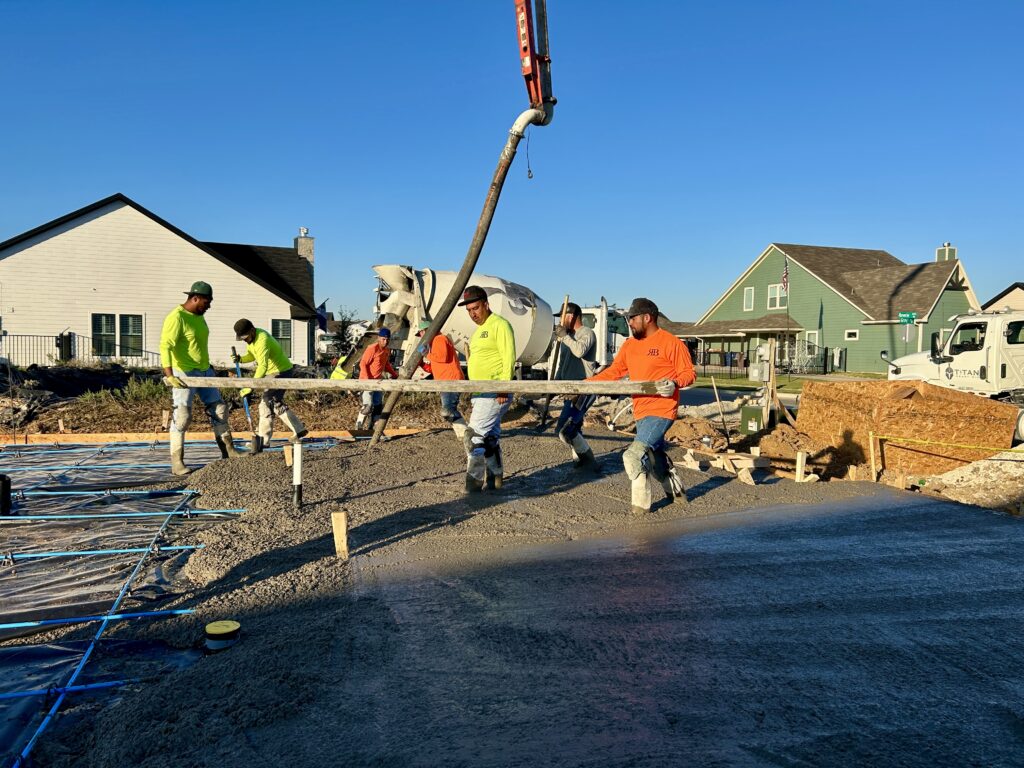
Critical Site Factors That Make or Break Foundation Performance
Even the strongest mix can fail if site conditions aren’t properly evaluated.
Before construction begins, engineers and builders should assess soil composition, drainage, slope, and groundwater levels.
| Site Factor | Importance | Potential Issue if Ignored |
| Soil Type | Determines depth, reinforcement, and design. | Uneven settling or cracking |
| Drainage | Prevents water pooling under the foundation. | Erosion, water damage. |
| Slope | Ensures proper runoff and stability. | Sliding or uneven pressure. |
| Groundwater Level | Affects waterproofing and design. | Moisture and basement issues |
Proper grading, compaction, and drainage systems are vital in areas like North Texas, where expansive clay soils can swell and shrink dramatically with rainfall and drought.
Engineering Precision: The Science Behind Long-Lasting Concrete Design
A durable foundation doesn’t happen by chance — it’s the result of precise engineering and careful execution.
Key elements of foundation design include:
| Engineering Element | Purpose |
| Soil Analysis | Determines load-bearing capacity and required footing design. |
| Load Calculations | Ensures the structure’s weight is properly distributed. |
| Concrete Mix Design | Controls strength, flexibility, and curing speed. |
| Steel Reinforcement | Provides tensile strength and crack resistance. |
| Proper Curing | Maintains moisture balance to minimize premature cracking. |
When these factors are managed correctly, a well-built concrete foundation can easily last a century or more.
Conclusion: Building with Strength and Trust
A home is one of the largest investments most people will ever make — and its foundation determines how well it holds that value.
Choosing the right materials, design, and professionals ensures that your home stands strong for generations.
One trusted name in North Texas is Rios Brothers Concrete Services, based in Weatherford, Texas.
With over 35 years of experience in residential, commercial, and new construction concrete, Rios Brothers has earned a reputation for precision, reliability, and quality workmanship across the Dallas–Fort Worth area and beyond. When you build on a foundation laid by experts like Rios Brothers Concrete Services, you’re not just building a house — you’re investing in strength, stability, and peace of mind.

